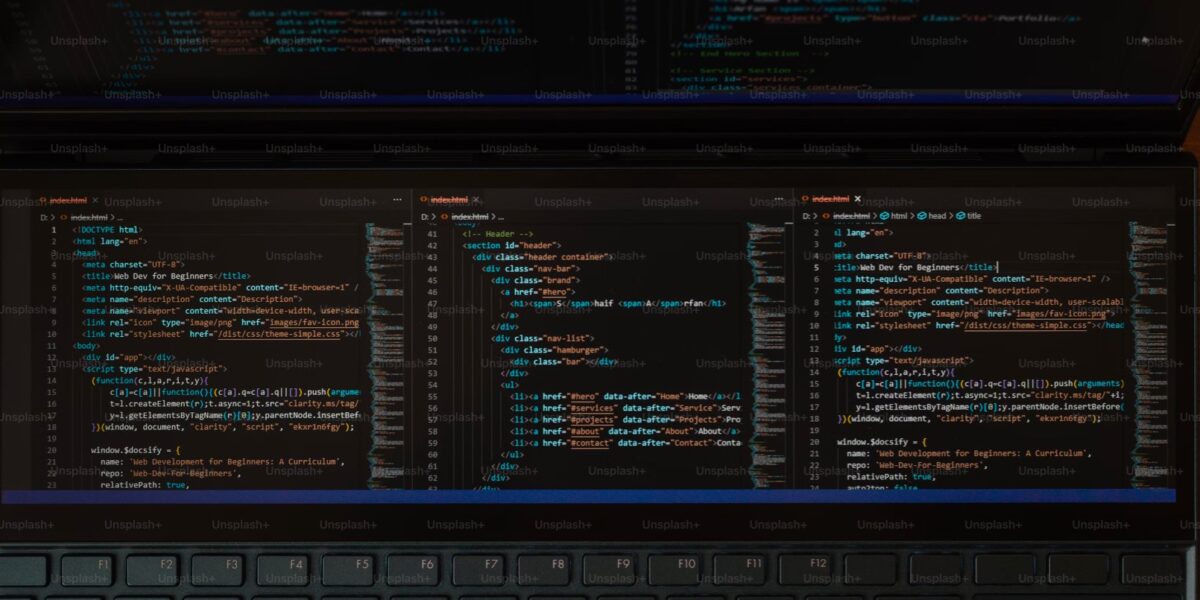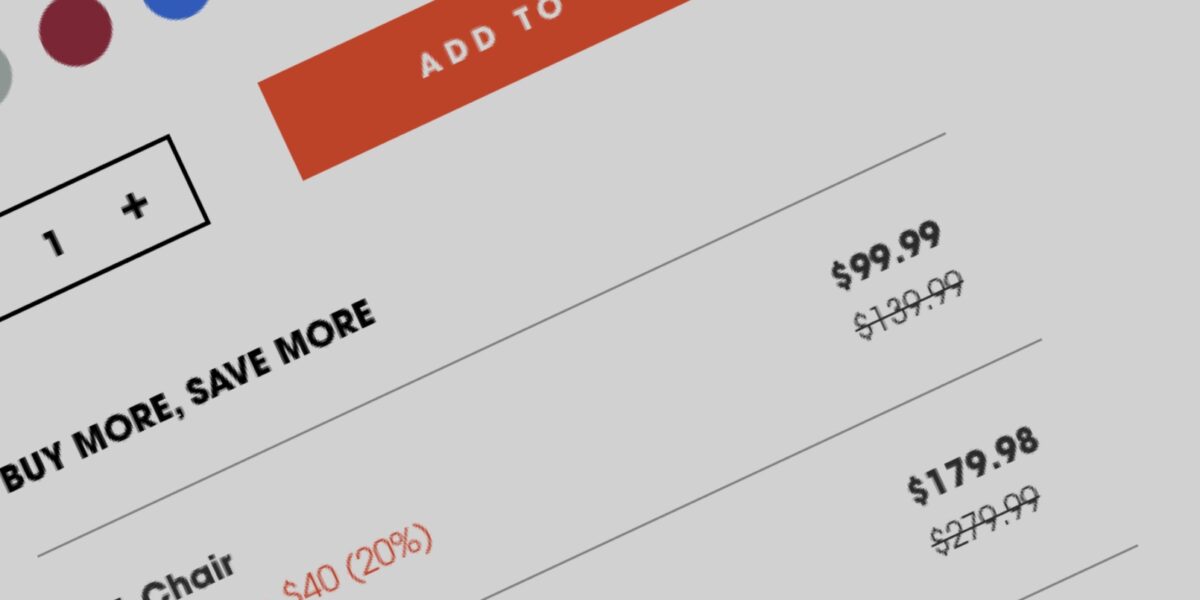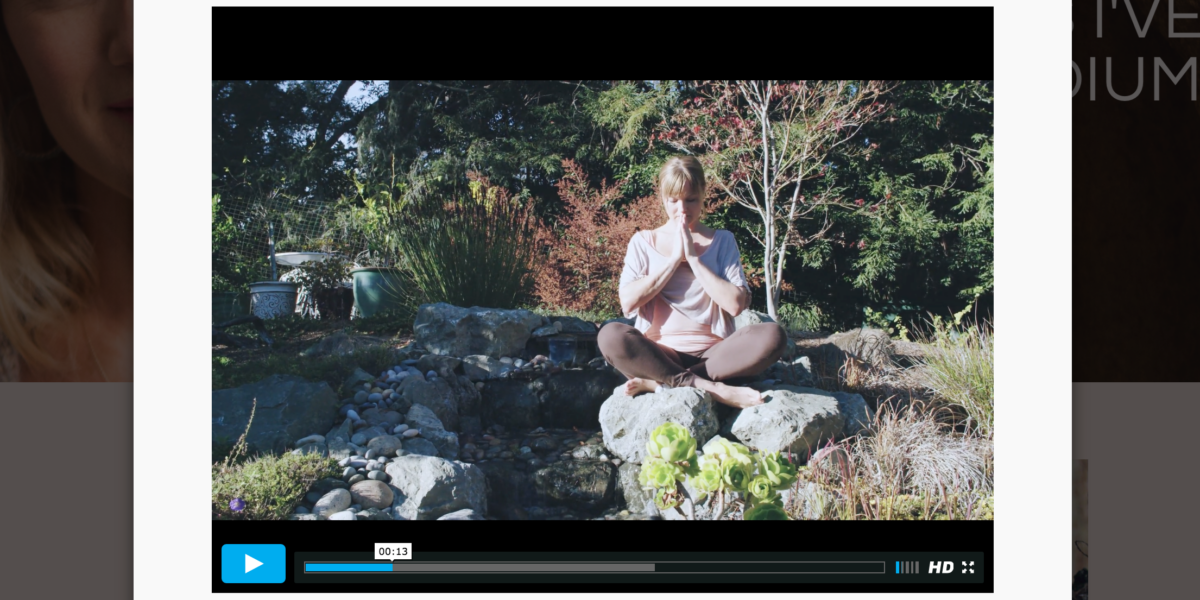Website design or development projects come in many different sizes. Some are simple while others are more complex. Regardless of what type of web design a client wants, it is important that the designer and the client agree on how to work towards fulfilling the requirements, needs, and expectations of both parties.
This can be done by coming up with a good RFP or Request For Proposal for website design or development. The RFP contains all the information about what the client’s goals are. Thus, the RFP must be conceptualized and made well in order to get the most accurate results. With a good RFP, you and your website designer will be able to come up with an agreement or proposal to make sure the website project is a success.
A Request For Proposal can be formal or informal. You don’t need a lawyer or an advanced understanding of website development to make an RFP.
Most of the time, it is the client who prepares the RFP, although some designers also have forms that they give out to customers. Some of the basic information you can find in an RFP are font style, website format, and deadlines for deliverables. The details indicated in the RFP are what will help a designer draw an estimate cost for the project.
There may not be a template or a permanent format for RFPs, but there are essential elements that each must possess. These elements will help your designer prepare a good web design RFP.
The Most Important Elements In An RFP
- An overview of your company. In the most concise manner, describe what your company is, what it does, how big the company is, and even what the company’s mission and vision are.
- An overview of what needs to be done to complete the project. Tell your designer – in definite terms – what you need, what you want for the website, how should it function, what features or webpages should be prominently displayed, etc. Use words that are easy to understand. Don’t be too technical.
- Why are you looking for a web designer? Do you have a website that needs to be updated? Or are you in need of one (a new website created from scratch)? Or maybe you are not satisfied with the performance of your current website? Your objectives should be clear so that the designer will know what kind of results you want? Is the website for a new project or product? Or are you expanding your business?
- The project details should be exactly that: detailed. The amount of information that you indicate will help the designer come up with a more accurate quote. For example, what are the technical requirements? Will you need a new domain name? How many pages and what type of layout do you want?
- What are your usability requirements? You need to indicate this in the RFP as well.
- Specify what you want from your website. What do you want it to do for your company? Which features and functionalities do you want to see on your website?
- Information like your company logo and the images you want on the website. If you already have your own logo, specify it in the RFP. If you want one made for you, be sure to specify it, too. Also, indicate if you will need web hosting, content and SEO services.
- Do you have a specific deadline for the website design (first draft, second draft and final design)? Letting your designer know what your time frame is will allow them to work on their schedules, too. Let’s face it, you’re not the only one who needs their services. Additionally, if you have a flexible time frame, inform your designer as well.
- If you want to get the results that you desire, you need to give your web designer a definite budget – or a budget range. Let them know how much you are willing to spend and if you can provide additional cash in case it is needed. Don’t be afraid to specify your exact budget on the RPF. An RPF is not an introductory or minute thing. It is what you need in order to find the best designer for your website design or development.
- Know and specify who your target audience is as this will help your designer come up with a design that’s specifically made for them. Let the designer know whose attention you want to capture. Who do you want to see your website? Who do you envision visiting and using it a lot? Letting the designer know what you think your target audience will want to see can help them come up with an effective and efficient design that will satisfy your target audience’s needs and expectations.
- To help your designer visualize what you want for your website, don’t just describe things in writing. Find a way to give them a “clearer picture” of your vision. You can do this by searching for designs that are similar to what you like. Then give your designer the links to these designs. Be sure to include notes or side comments so the designer will have an idea of which elements in the samples you really prefer.
Finally, do not forget to include your company’s contact details (email, address, telephone number, social media accounts, etc). Also be sure to indicate who the designer’s main point of contact will be. It can either be you or someone in the company who’s in-charge of marketing – or both.
It can also be very important for you and the web designer to sit down and talk. You should be given the chance to ask questions, while the designer should have the opportunity to present their plans for the website. You should always ask the designer to show you samples of their work.
An RFP should be made to fit the specific needs of a website, so you have to work on it like it was your baby. Your RFP should be easy to understand and as accurate as possible. Be sure to include all the necessary details you want. By coming up with a concrete and concise RFP, you’ll get the results you desire.
















